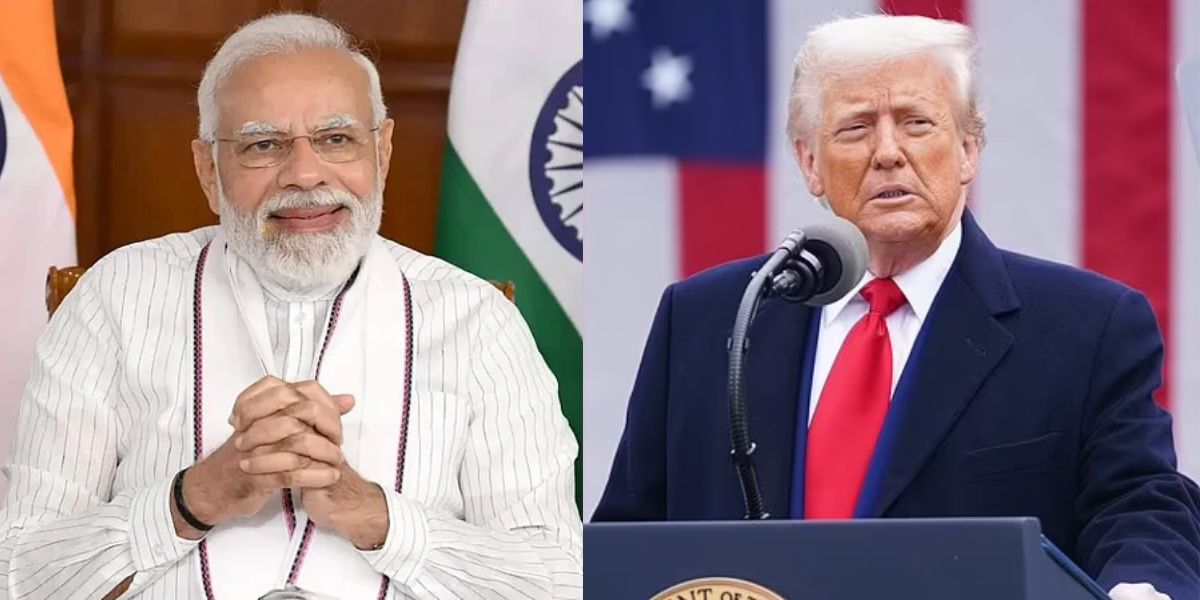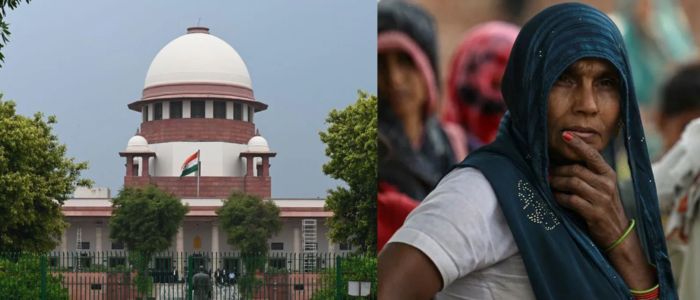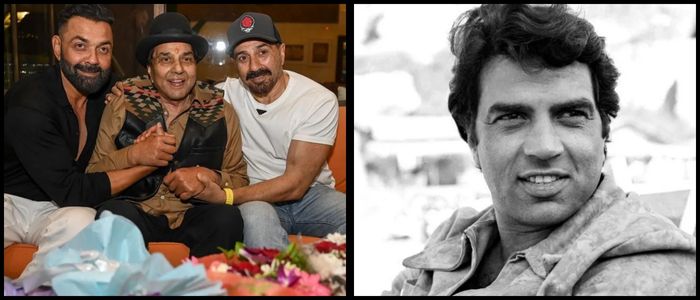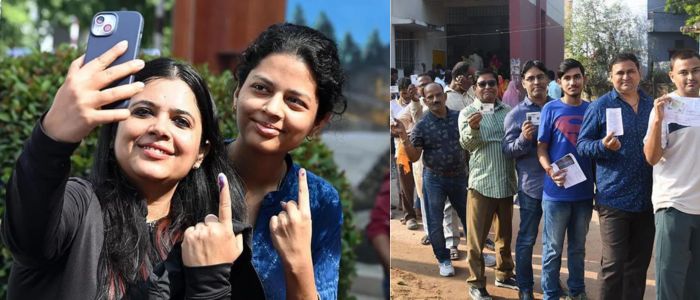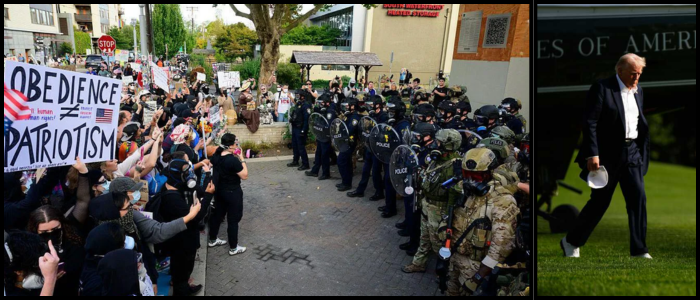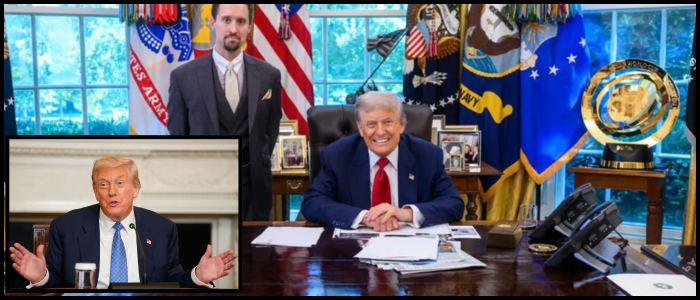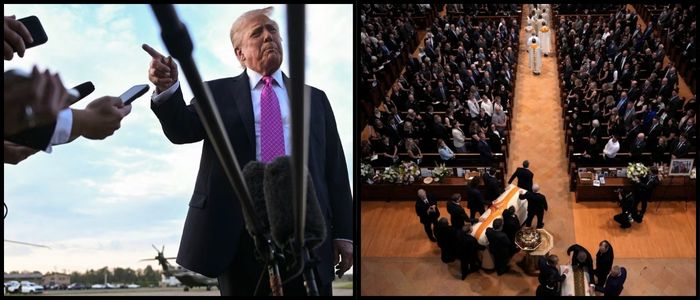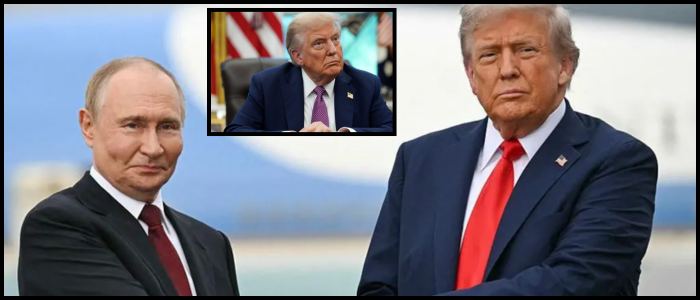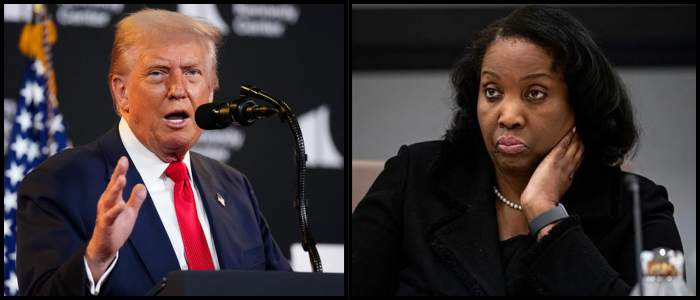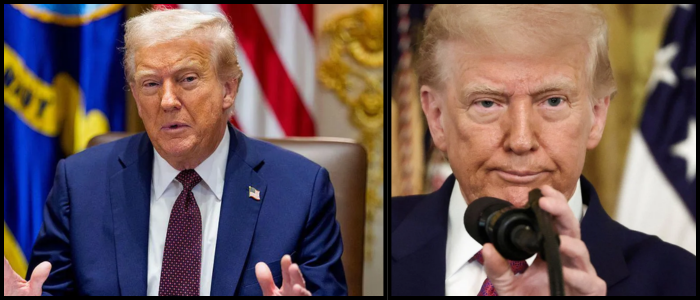Argument Over Tariffs, Trade DeficitContainerGap of the Dispute
The Trump administration has previously accused India of steeply high import tariffs and regulatory hassles. Tariffs of 70% on autos, 80% on rice, and 20% on some electronics have been a particular source of friction. The United States has also objected to India’s digital and value-added taxes, which it says increasingly weigh on American companies.
Trump has embraced the idea of “reciprocal tariffs” to respond to what he views to be unfair trade policies. India currently is subjected to a 26% reciprocal tax on everything, from apples to almonds which it exports to the U.S, as part of Trump’s wider policy of imposing a blanket 10% tax on all imports.
Despite the tensions, the U.S. continues to be India’s largest trading partner, and India is the 10th largest trading partner of the United States. In 2024, the bilateral trade deficit increased as the U.S. imported $45.7 billion more than it exported from India.
Global Trade Developments and the Outlook Ahead
The agreement is one of a handful countries are trying to reach with the U.S. after Trump mounted aggressive trade actions. Only last week, the administration concluded a new framework with the United Kingdom to slash tariffs, and on Monday, the United States and China agreed to roll back tariffs over the next 90 days as part of a de-escalation of the trade war.
Trump has used India as a focus of trade rhetoric before saying in February, “They charge more tariffs than any country.” At the time he met with Prime Minister Narendra Modi, accusing India of saying, “You’re not treating us right.”
Though Trump is hopeful that a trade deal between his country and India could potentially see U.S. exports to the country rise by $5.3 billion a year, India has yet to acknowledge any final deal. Jaishankar stressed that both sides would have to gain from an agreement and warned that it was still too early to write the results.
Stay informed with Newsbuck – your go-to source for global news, trends, and updates across tech, health, politics, and more. Trusted stories, delivered fresh. Explore more on Newsbuck!

